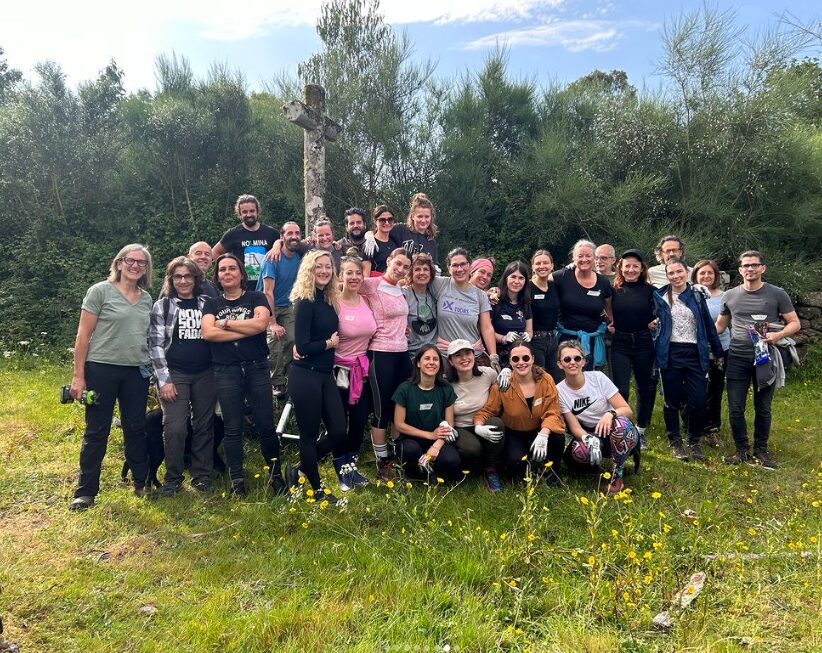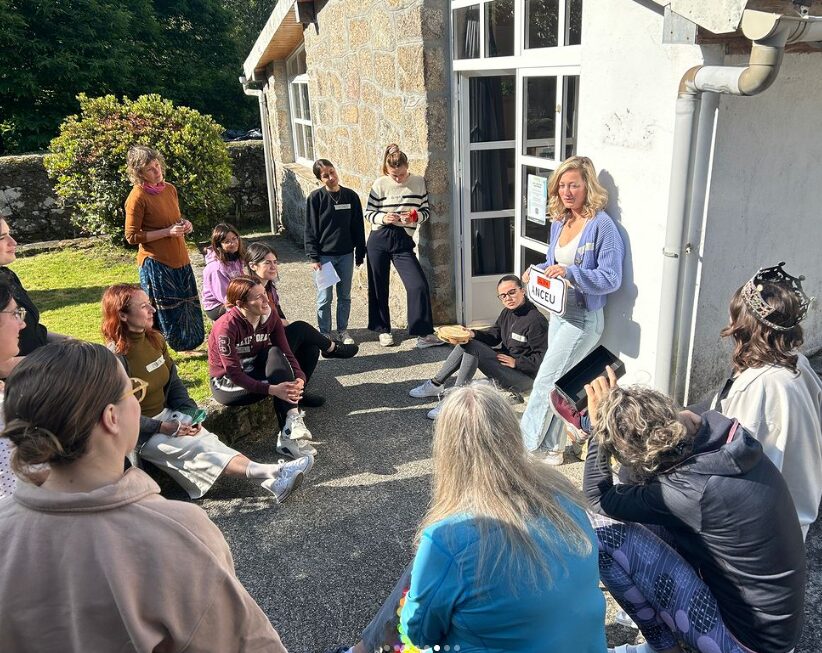My grandmother marked the future of my rural coliving life
If someone had told me a decade ago that my life would revolve around my sheep, my dogs, and the beauty of nature, waking up every morning to the soothing melodies of early birds having a rural coliving life, I wouldn’t have believed them.
I’m Africa Rodriguez, and 12 years ago, after exploring numerous European capitals, I felt an unspoken calling to return to simpler, smaller places. It wasn’t a carefully thought-out decision; it was more like destiny approaching.
Recently, I stumbled upon a phrase that resonates deeply with me, and it now makes sense as I pen down this post: “Grandmothers marked the future without knowing it.”
My grandmother, Lola, was a remarkable woman. Every summer and Christmas, she opened the doors of her rural home to us. A place that lacked modern conveniences—no internet, no electricity, no running water, and certainly no nearby shopping malls. But there was an absence of haste and a presence of essentials.
Let me share the reasons that led me back to the village, along with insights on how you might embark on a similar journey.
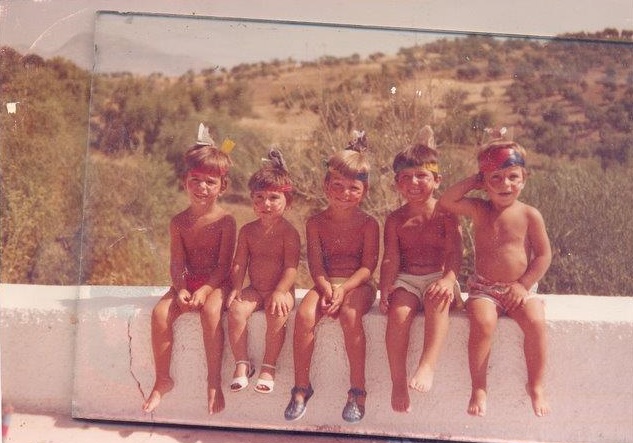
First step: From Big Cities to Small Towns
When I was a kid, my parents and many others believed that being successful meant living in busy cities. They thought we should have important job, make a lot of money, and have a good reputation. The idea was that working really hard and earning lots of money. That would make us happy.
But as I grew up and experienced life in a big city, I realized something tough: time goes by quickly. There’s not much time to enjoy all the things the city offers. At the same time, I started wanting the calm and peace of the countryside. However, moving from the chaos of the city to the quiet countryside is not easy. I remember my weekends in Madrid, trying to go to Pedriza, but it was hard with all the traffic and crowds, making it not as enjoyable.
That’s when I started thinking that maybe success is about more than just the busy city life. The challenge is figuring out where you truly belong. For me, the first step was moving to a smaller place. It’s like a big change before fully embracing rural life. Usually, this means spending some time in a smaller city, discovering yourself, and slowly figuring out your ideal environment.
In my case, I decided to go back to Pontevedra, a 80.000 population town in Spain, where I grew up. It was a move made without clear answers to my many questions. But as I returned, the answers started coming to me, little by little, as I got used to the familiar surroundings.
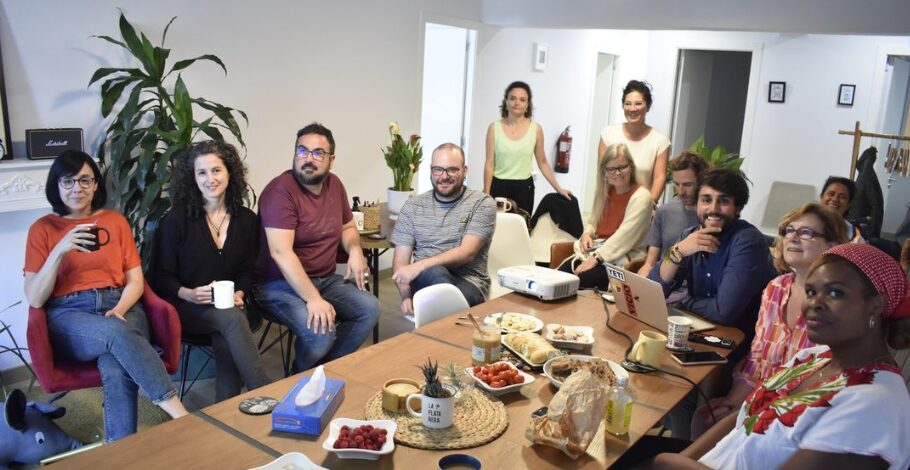
Starting Espacio Arroelo
I decided to create a coworking space called Espacio Arroelo. This allowed me to build a community close to rural areas in an urban setting. Since 2013, we’ve formed a community of entrepreneurial-minded people. Some are starting their own businesses, others have a strong entrepreneurial spirit within existing companies, some are going through transformative moments where experimenting is crucial, and others have been running their businesses for years but always want to create something new. In this mix and within these environments, more answers start to emerge.
My recommendation is that as you take the step towards a smaller city, find a coworking space, connect with a creative community. This will become a valuable connection when you decide to move towards rural living.
Interestingly, my connection with Espacio Arroelo would become the next step in leading me to rural living. In our coworking’s first year, we celebrated our anniversary at the place that, ten years later, would become my home in the countryside. A decade ago, what is now Anceu Coliving used to be a German restaurant that attracted many locals for its cuisine. We decided to host our first anniversary there, with German food and surrounded by nature. Little did I know that ten years later, it would be the rural place that would lead me to my home.
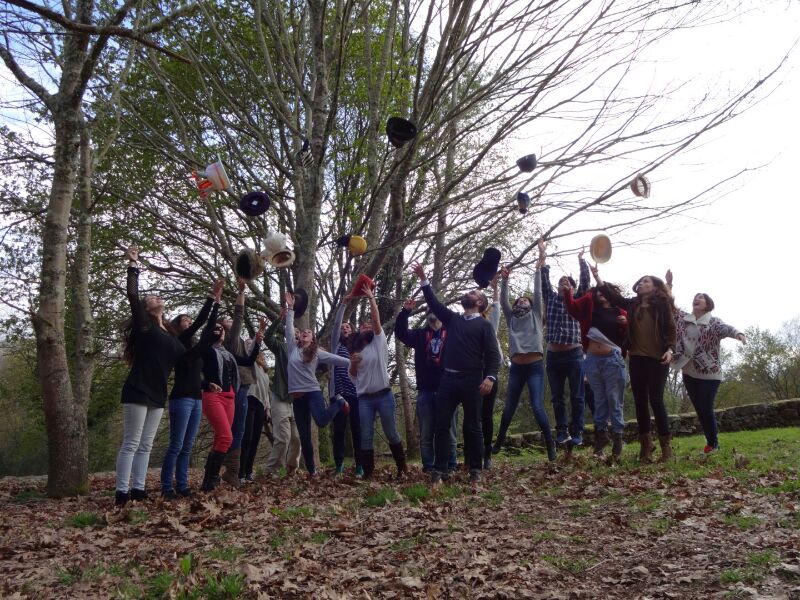
Second step: rural context to create rural hacking
For me, living in a rural area doesn’t mean isolating oneself. If someone were to ask for the first piece of advice on how to find a place to live in the countryside, I’d recommend analyzing the context first. I didn’t do it myself; I got lucky! But if I have something to share with you, it’s to look around and understand what’s happening in your surroundings before taking the plunge. What does that mean? Well, I have a lot to share on this topic. Today, I’ll talk about some aspects, and in future posts (we’re committed to meeting once a month on PonteBlogs), we can delve into others. In fact, I invite you to explore the manual we’ve put together on this subject. It’s called Rural Hacking, and it revolves around the idea that by collaborating with locals, a sustainable and impactful community can be built. Rural Hacking Toolkit is the result of a 4 days training workshop with the representatives of the following hubs: Quinta Quinhas, Sun and Co, Life at Selgars, The Living Room, Dinamo 10, Chateau Coliving, Wellbeing Economy Alliance, Vine 21, Tertulia Farm, Sonta Coliving, Burgas coliving, Making Rooms, Culture Hub Croatia, Buinho, Rooral and Alpiness.
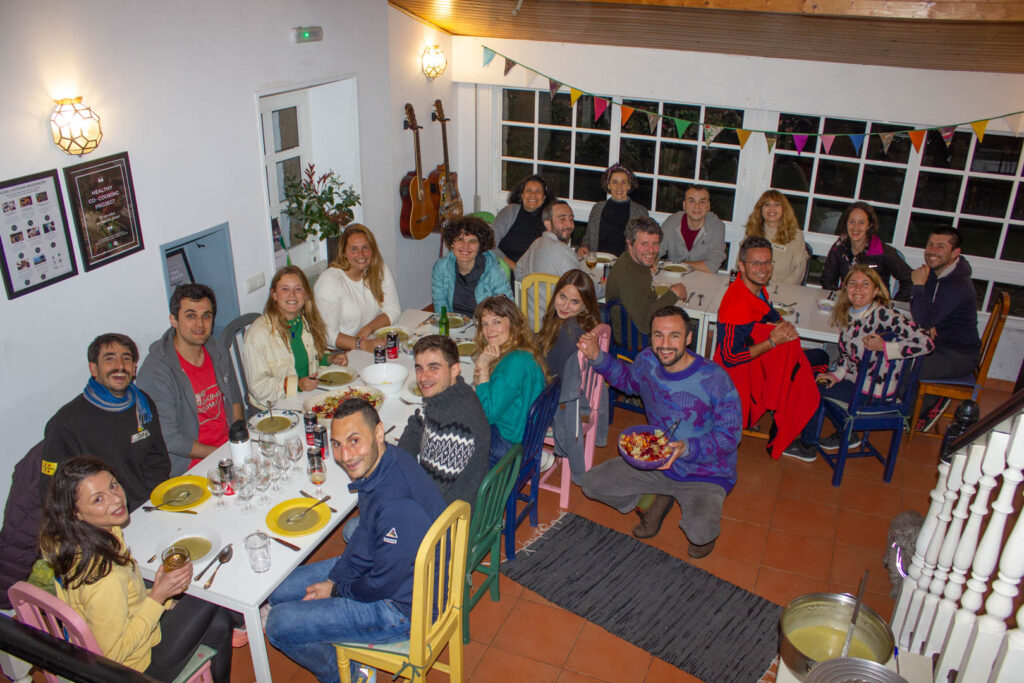
Mechanisms to move to rural coliving life
But you might be wondering how to go about this. Here are some mechanisms I suggest:
- Try to get to know the community leaders, perhaps those organizing events in your area. It’s like finding the real-life influencers of the rural place you’ve chosen.
- Check local newspapers, community bulletin boards, or neighborhood information points to understand what’s happening in that town.
- Explore the local associations that align with your hobbies and interests.
- Investigate the nearby businesses, what they do, and the cultural fabric of the area.
- Mapping the villagers is a crucial step in rural impact projects. This involves asking questions like: What contributions do they bring to the community? How can you effectively connect with local influencers?
In my case, I have to admit that I did the complete opposite. But as I mentioned, here are the tricks on how to do it right. Basically, one day I showed up at Anceu Coliving to visit it before it opened. Well, I fell in love with the place, and especially with the person who decided to buy it on a fine day in March 2020. Turns out, we met because I work on writing and facilitating European projects, and we were working on one in Galicia about creating projects in rural areas. That’s how we ended up here before Anceu Coliving officially opened its doors. If you want to know the whole story, you’ll have to read this lovely love story at this link.
Rural coliving to bring rural life back
And here we moved, living since then with an international community from all corners of the world, where we work on social projects to revitalize our village. We operate with the firm belief that our mission at this moment is to bridge the urban/rural gap, enhance territorial cohesion, and promote innovation in our villages as a means to develop the environment and attract young talent, generating new economic opportunities.
The demographic shift has positive aspects like increased life expectancy and overall population growth. Also negative ones, such as the depopulation of a significant part of our territory, low population density, and declining birth rates. This challenge can jeopardize social cohesion, territorial structuring, and our way of life. We are facing a challenging demographic situation, especially marked by an aging population. So here we are developing projects to bring rural life back to us.
Let’s talk about this in the next blogpost. See you in a month.
